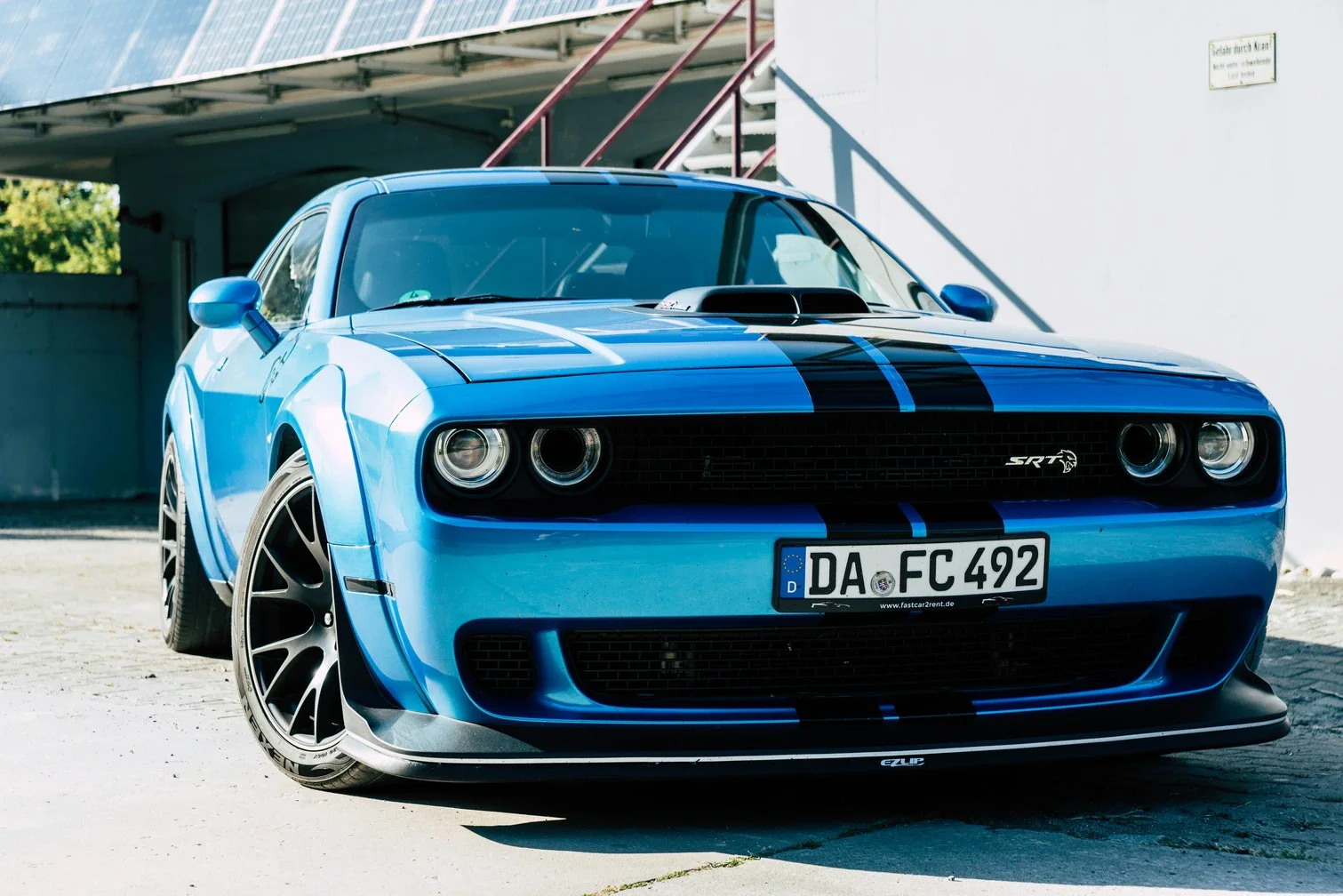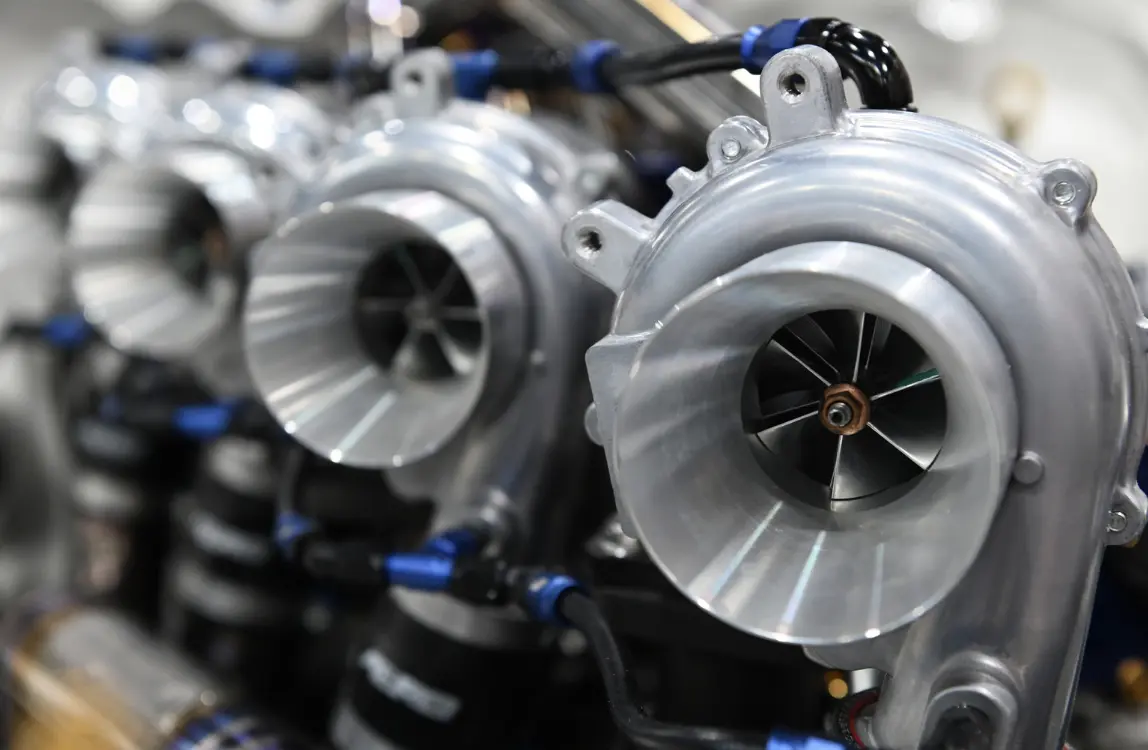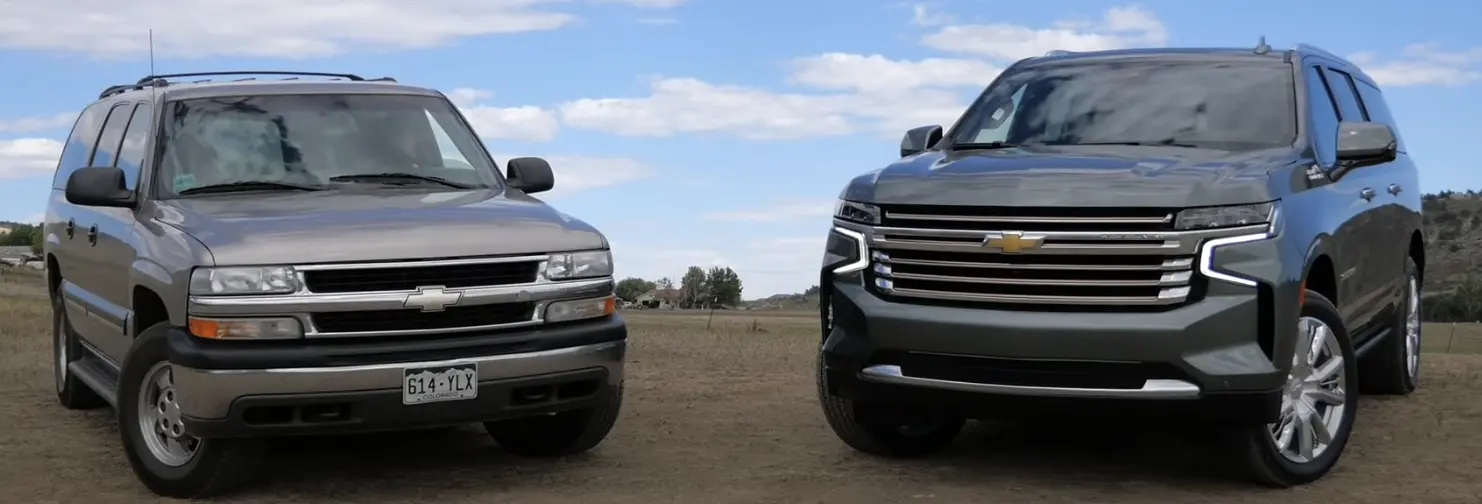Car culture is so prominent in rap and hip-hop music that you could listen to hours of songs just about cars without hearing the same track twice. The simple reason for this is that many rap and hip-hop artists are big time car enthusiasts, if not collectors in their own right. Although a laundry list of cars have been talked about in iconic rap songs, one car in particular has captured the imagination of an increasing number of artists.
If you’ve heard songs of these genres from the past decade, you’ve probably heard the word “hellcat” in some of the songs you’ve encountered. Although hellcat may conjure up images in your mind of a cougar or a lion, in most cases these lyrics are referring to a high-performance model of the Dodge Charger or Challenger dubbed “Hellcat,” and affixed with the now-iconic emblem of a roaring mountain lion on the grille. Although the Hellcat has only been made by Dodge for a handful of years (it was first released in 2015 and will conclude with the 2023 model), these ultra-powerful American muscle cars have left a massive cultural impact, thanks in no small part to their popularity in rap songs. But what makes these cars so special? And why do they show up again and again in the lyrics, videos, and Instagram feeds of artists like T.I., E-40, and Lil Durk? To begin at the beginning, let’s answer a simple question.
What is a Hellcat?
The Dodge Hellcat models are high-performance variants of the Dodge Charger and Dodge Challenger, two of the brand’s most iconic muscle cars. These models stand out for their extreme power, aggressive styling, and advanced technology, making them some of the most powerful production cars available from an American manufacturer.
The Hellcat models are significantly different from their standard counterparts in several key areas:
For starters, there’s the engine. Hellcat models are equipped with a supercharged 6.2-liter HEMI V8 engine, capable of producing upwards of 700 horsepower. This contrasts sharply with the engines in standard models, which, while still powerful, do not offer the same level of performance.
Beyond the engine, Hellcat models feature numerous performance-oriented upgrades. These include enhanced suspension systems, stronger brakes, and transmission setups designed to handle the massive power output.
Hellcat models also sport unique styling cues that distinguish them from their less powerful siblings. This includes more aggressive front and rear fascias, specific hood designs that often incorporate air intakes for the supercharger, and exclusive badging and interior trim options.
To manage their extraordinary performance, Hellcat models come with advanced technology features, including adaptive damping suspension, launch control, and various drive modes that adjust the car’s behavior for optimal performance on streets or tracks.
Dodge initially released the Hellcat version of the Challenger in the 2015 model year, followed shortly by the Charger Hellcat. These models were introduced as part of Dodge’s strategy to reinvigorate the brand and push the limits of American muscle car performance. The Dodge Challenger and Dodge Charger Hellcat models are both high-performance vehicles that share the same heart—a supercharged 6.2-liter HEMI V8 engine—but they cater to slightly different segments of the muscle car market due to their design and body style differences.
The “Hellcat” name is a nod to the Grumman F6F Hellcat, a World War II-era American fighter aircraft known for its power and versatility. The choice of this name for the Dodge models is symbolic of the cars’ aggressive power and performance capabilities, drawing a parallel between the dominance of the Hellcat fighter in the skies and the commanding presence of the Dodge Hellcat on the roads. The name encapsulates the essence of what Dodge aimed to achieve with these models: unmatched power, speed, and an indomitable spirit, making them stand out not just within the Dodge lineup but in the entire automotive market.
The Dodge Challenger Hellcat embodies the classic American muscle car ethos, being a two-door coupe with a more retro design that harks back to the golden age of muscle cars in the 1960s and 1970s. Its design appeals to enthusiasts looking for a modern car with a strong nod to its historical predecessors. The Challenger offers a driving experience that’s more focused on the traditional muscle car feel, with a focus on straight-line acceleration and a more pronounced sense of raw power.
On the other hand, the Dodge Charger Hellcat is a four-door sedan which can make it more practical for cargo or additional passengers, but still includes the performance characteristics of a high-powered sports car. The Charger, with its additional doors and more spacious interior, appeals to those who desire the thrilling performance of a Hellcat engine but need the practicality and space of a sedan. It’s designed to offer a balance between everyday usability and extreme performance, making it suitable for those who want a car that can do double duty as a car that can carpool on the weekdays and tear up the track on the weekend.
Why Hellcats in Rap and Hip Hop?
Now that we know a little bit about the history of the Hellcat and what makes it special among muscle cars, the question remains: why is this car so popular with hip hop artists? A handful of answers come to mind.
For one thing, although the Hellcat is about as much power as an average car buyer can get from a stock, mass-market vehicle, it’s sold at a price tag that’s approachable. To be sure, at around $70,000 new the Hellcat’s MSRP is well above the price of an average vehicle, but compared with luxury import cars that often show up in rap lyrics (think Rolls-Royce Phantoms, Lamborghinis) which can start around a quarter of a million dollars and easily reach multiple millions to buy, the Hellcat doesn’t seem too spendy by comparison.
Rap music in particular is known for a sense of bravado that often includes flaunting expensive purchases, like cars. It also tends to evoke an ethos of telling the truth, which means that if you want to talk about owning a multi-million dollar supercar in one of your songs, you either need to really have it or risk being called out. And here’s the dilemma: only artists who have truly broken into the mainstream and become household names can afford those more big-ticket vehicles. But up and coming rappers can definitely purchase Hellcats without stretching credulity. In fact, in some cases rappers who’ve mentioned their affinity for these Dodge muscle cars probably owned them before they made their careers in music.
We’ve already covered how fast and powerful Hellcats are. At the core, this is likely what makes them so appealing in hip hop. Rap is a competitive art form that stresses superlatives—the most expensive, the most stylish, the most luxurious, the fastest. Hellcats are among the most powerful and fastest cars in terms of quarter-mile drag racing speed on the market. In fact the only factory-built car that claims to be faster is the Demon, yet another version of the Dodge Challenger SRT, also a mainstay in rap music.
For good measure, here is a (by no means comprehensive) list of songs and videos where you’ll find the legendary Hellcat:
Roddy Ricch – The Box
Few rappers have shown as much love to the Hellcat as Roddy Ricch, who is depicted racing one in the video to one of his biggest hits to date, “The Box.”
Lil Baby, Lil Durk, Polo G – 3 Headed Goat
Although this video doesn’t feature a Hellcat, Lil Baby repeatedly mentioned “working a red key” in the chorus, a nod to the red key fobs available with certain Hellcat models.
E-40 – Chase the Money
This anthem from 2020 is an E-40 song, but it’s Roddy Ricch depicted driving a Charger Hellcat through Los Angeles in the video, and him rapping about the car in the chorus, further cementing this artist’s affinity for this model.
Gucci Mane – Rumors
Here again we have a featured artist, Lil Durk, on the song rapping about the Hellcat’s notorious speed (and mentioning that it may be a target for police or speed traps). Lil Durk has probably rapped about the Hellcat more than any other artist at his level of popularity.
Sexxy Redd – Hellcats SRTs 2
This song and video, again featuring Lil Durk, probably takes the prize for the biggest number of different Hellcats actually shown on screen, which is fitting given that the song is named for them.
Lil Yachty – Mickey
We once again have a repeat artist as Lil Baby shows up on this track with Lil Yachty and Quavo to rap the line “Hellcat racecar, no pitstop.”
Colonel Loud – California
Atlanta native T.I. shows up on this Colonel Loud track to pay tribute to California. In his verse, the first on the song, he mentions being “sideways in a Hellcat,” and he appears alongside a Challenger Hellcat in the video for good measure.
A Boogie Wit Da Hoodie – Undefeated
Atlanta may have more rappers who mention Hellcats in their songs than any other city. 21 Savage, who grew up in the city, features on this track and raps the line “riding in a Hellcat, ain’t no catching up to me.”
The appreciation and enthusiasm for Hellcats among rap artists from the past nine years has been a cultural staple. Now, as Dodge prepares to wind down production of these iconic models, the artists of tomorrow will either have to find a new car to obsess over or keep a subculture alive around their vintage models. Whatever the case, we look forward to seeing more one-of-a-kind cars pop up in lyrics and music videos in the coming years.





